Before using this site please read the site disclaimer. Also please note that any links provided may be part of an affiliate programme (viz. eBay, Amazon) which helps support the site as I will earn a commission when visitors make a qualifying purchase.
Today I am restoring an uncommon Australian vintage bench grinder - a Durst Super 8" unit. For some info on the history of the company, see see this article. Here it is in the flesh:
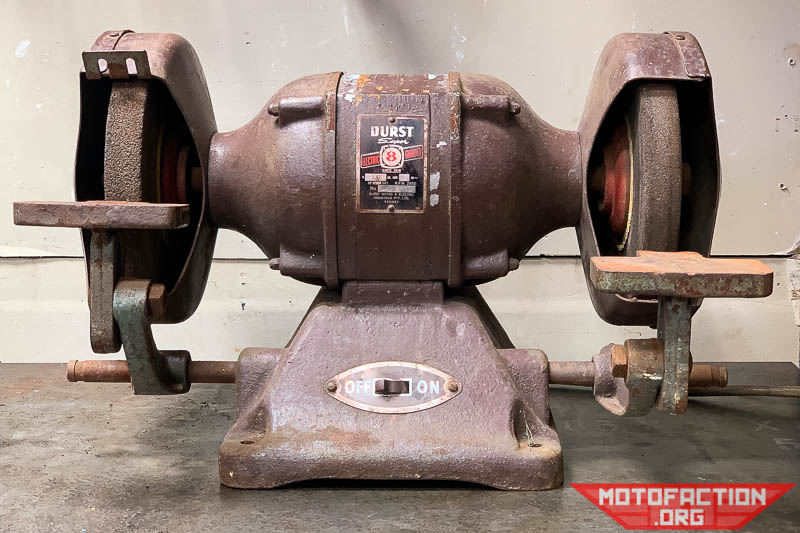
I don't think the brown paint is stock.
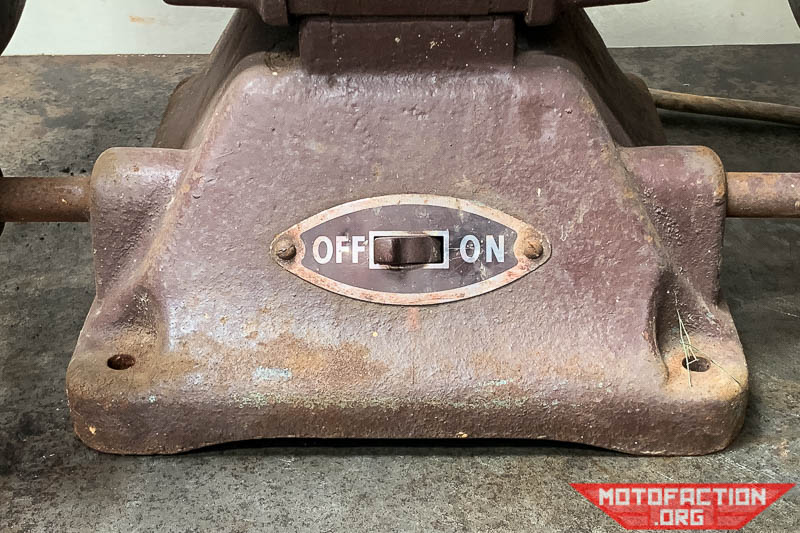

Looks like it may have been repainted while attached to a bench and only the easy to reach areas received some paint.
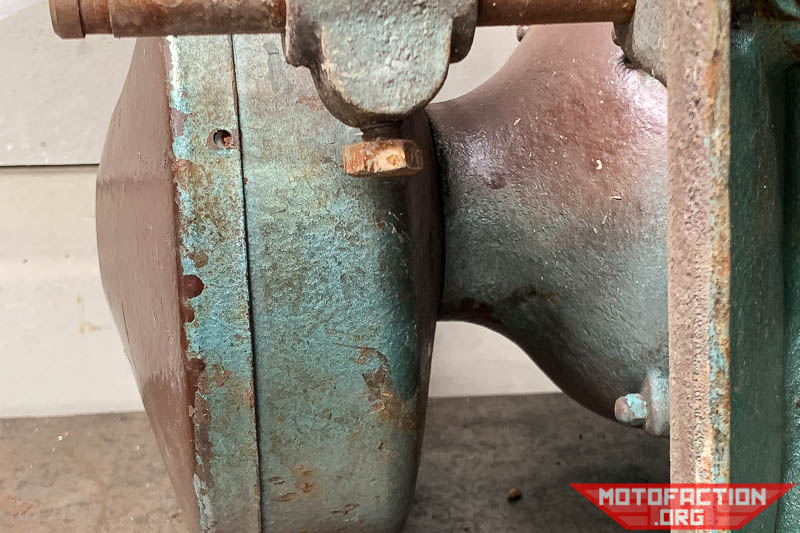
The underneath:
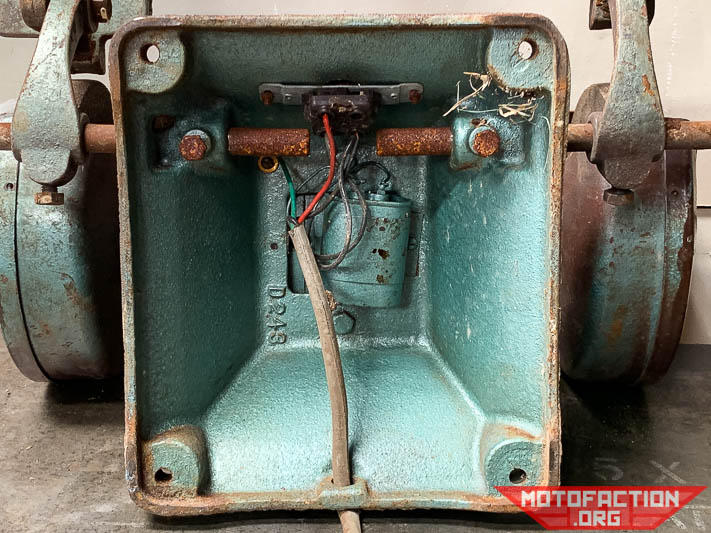
The foot casting seems to have part number D243:
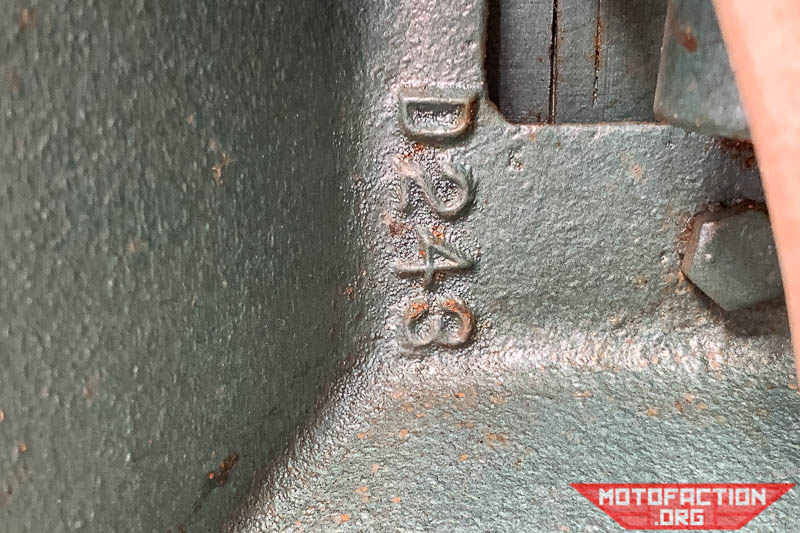
A capacitor (see lower for specs):
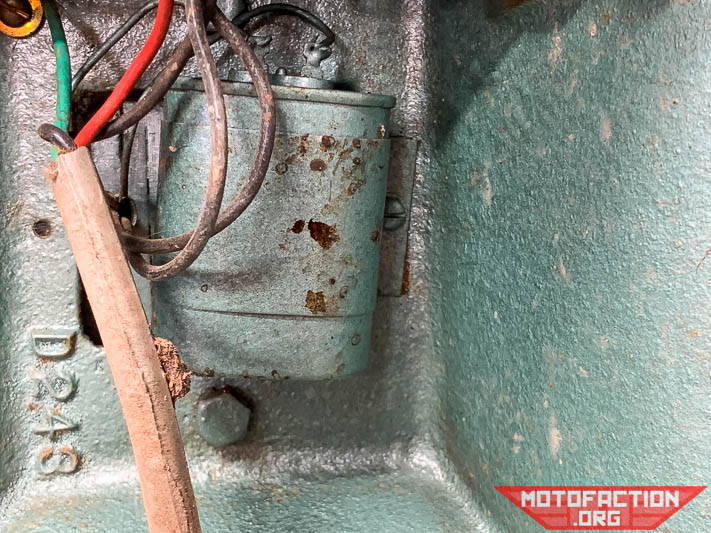
Rear of the switch:
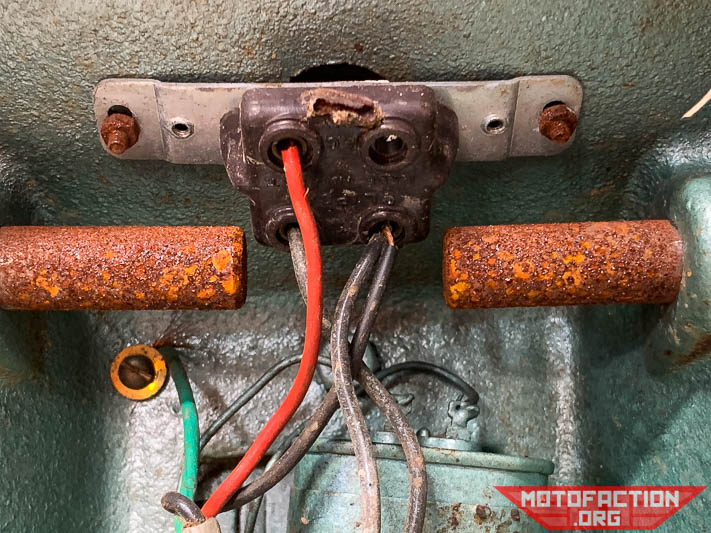
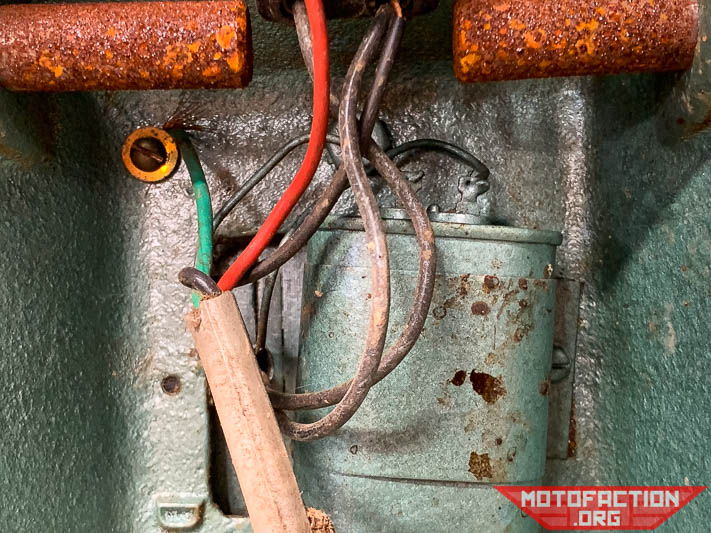
After loosening the pinch bolts on the inside of the foot, the shafts on either side slide out:
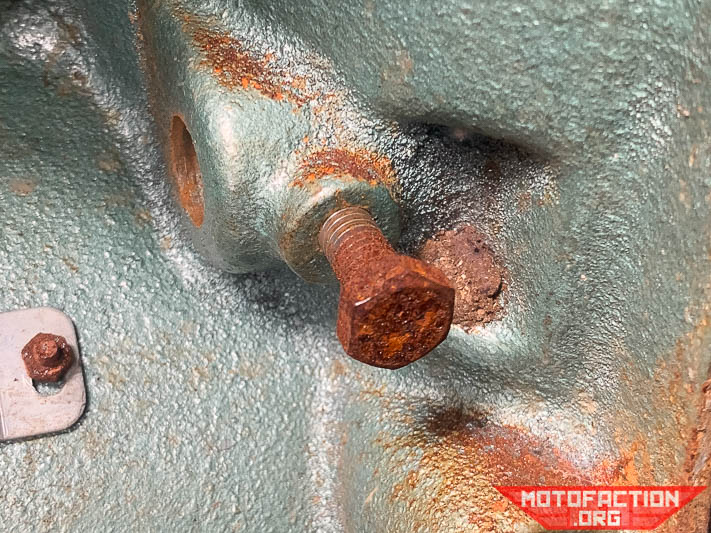
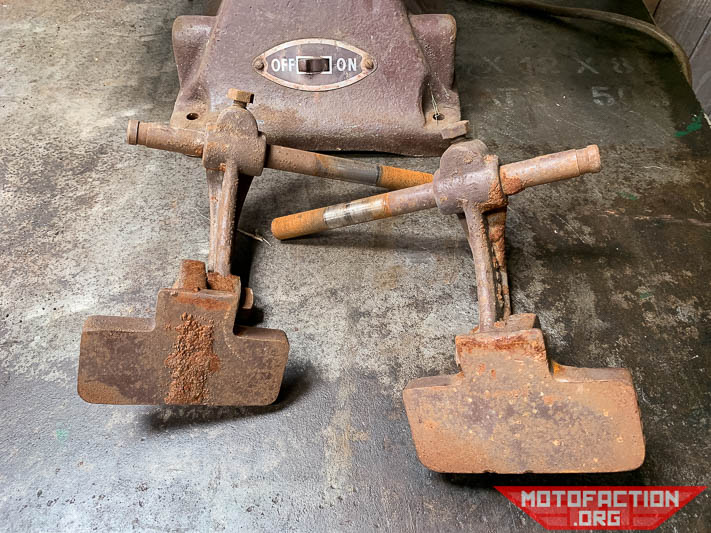
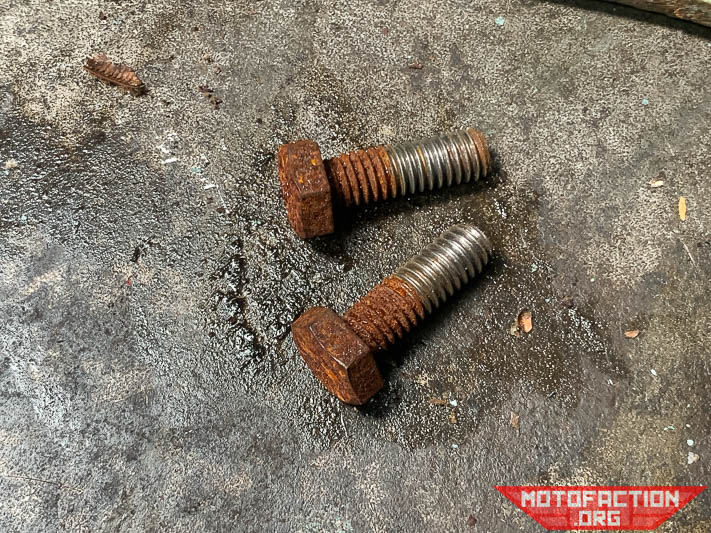
Each of the end guards are held on by three screws:
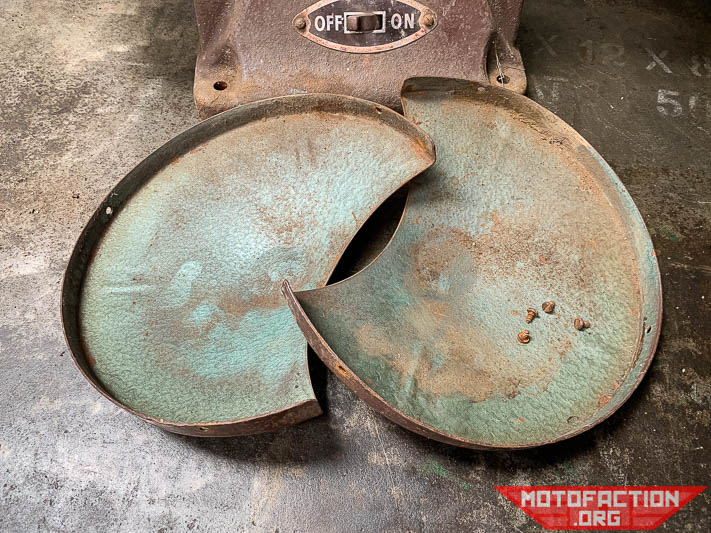
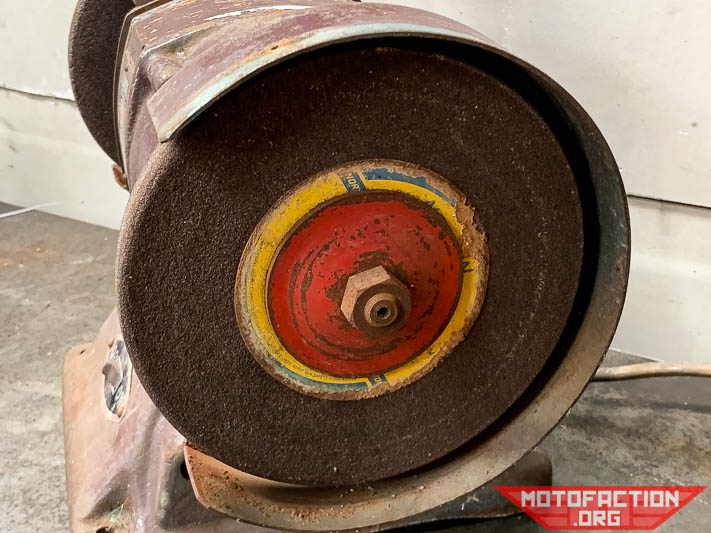
The nuts were 15/16" AF:
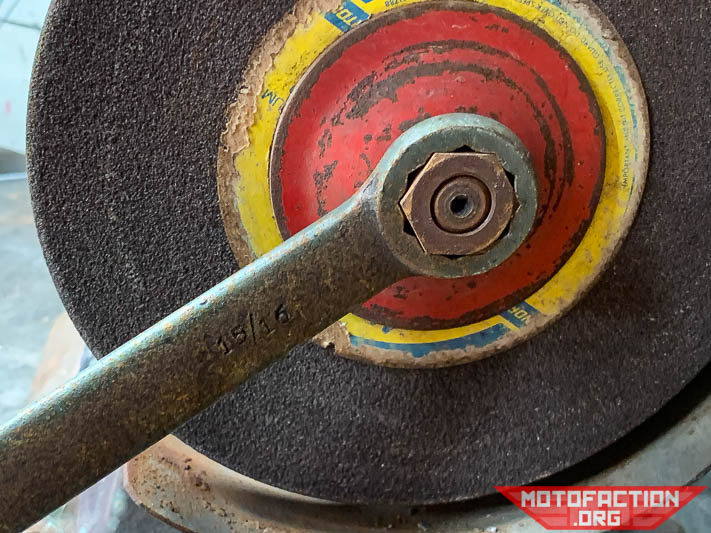
Thread pitch:
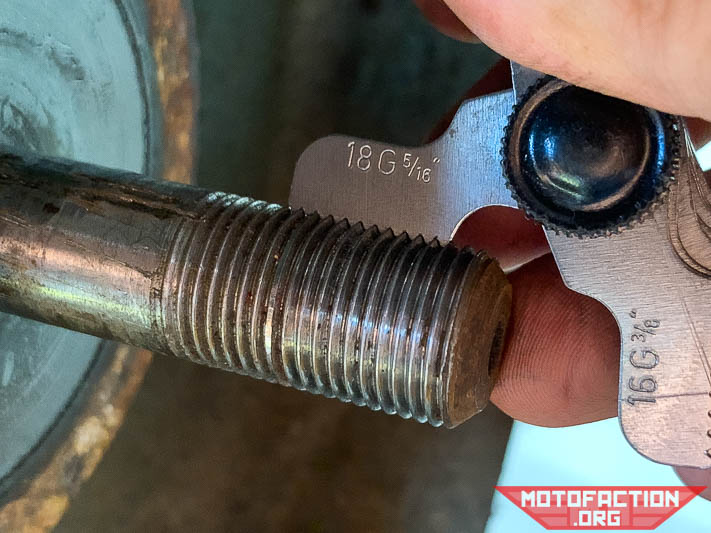
I did measure the shaft OD, I will add that when I find it.
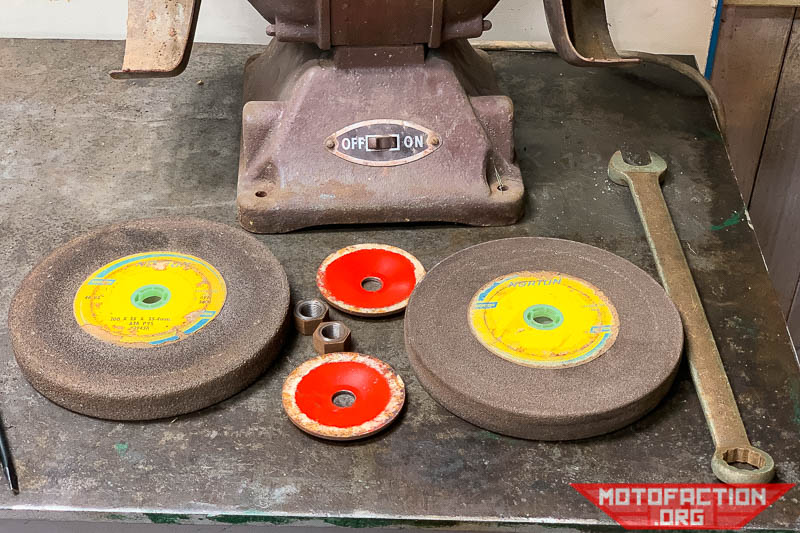
Some penetrant was required to loosen this:
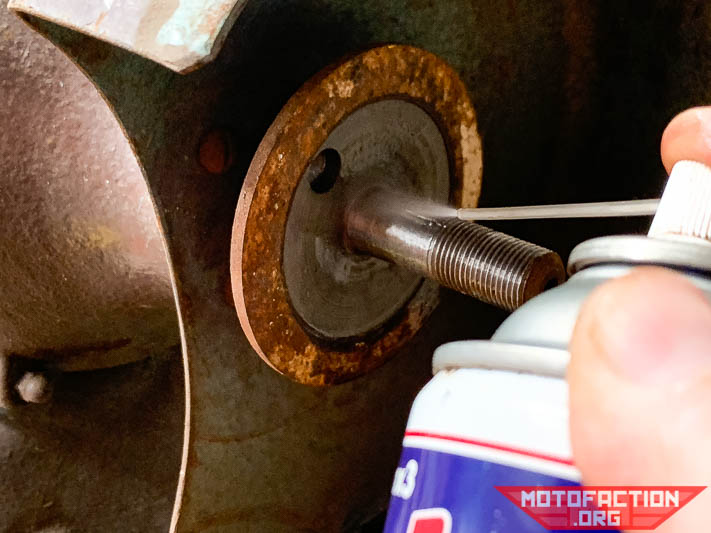
Once removed:
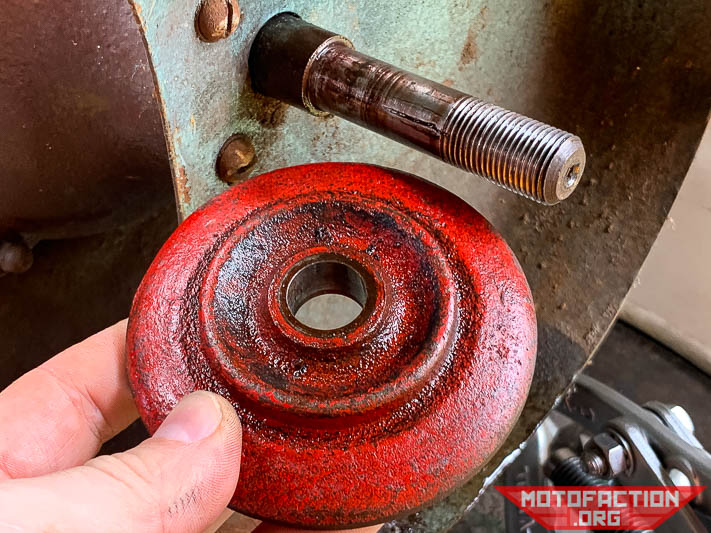
The hole was presumably drilled for balance:
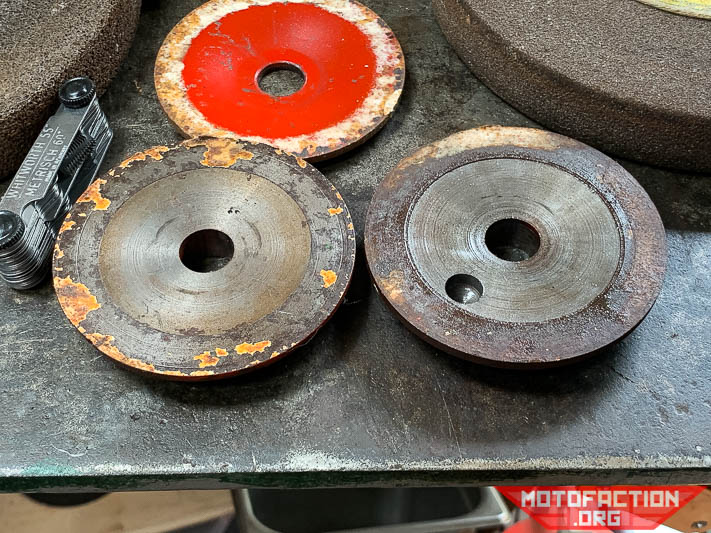
The inner guard is held on by four screws:
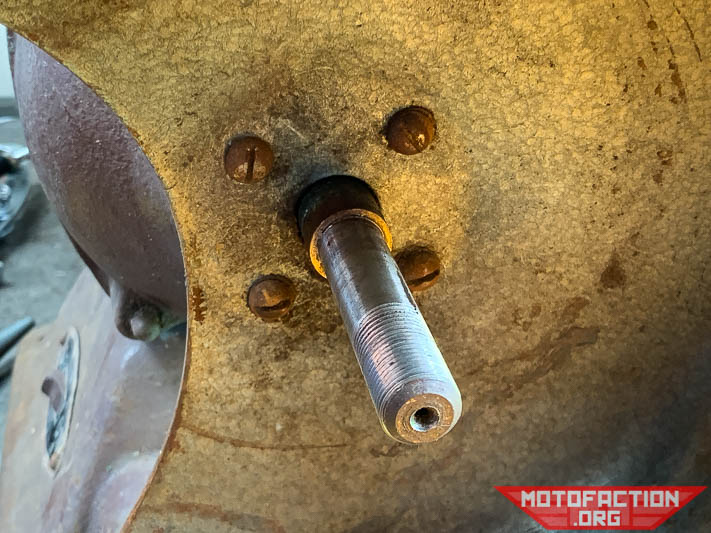
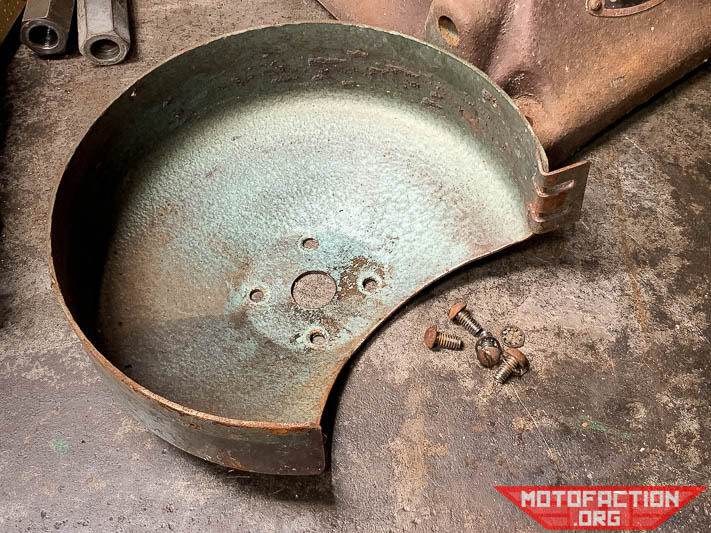
Once the guard is removed, we can see the shielded bearing and a bunch of grit:
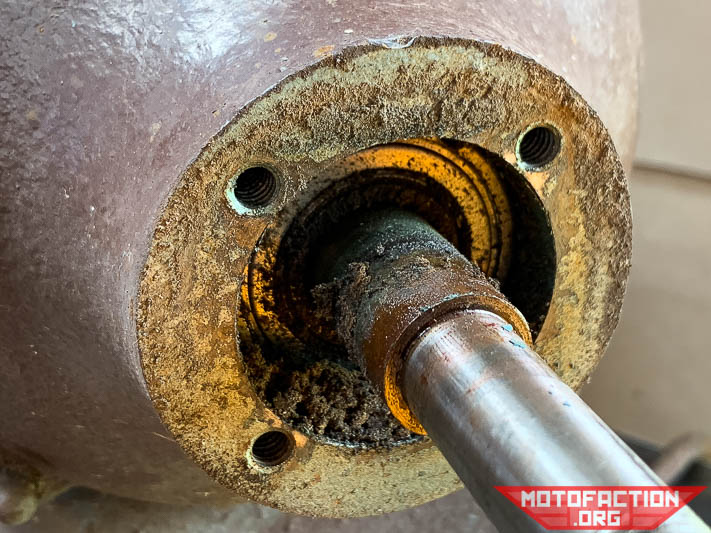
Grit removed:

The left end has a circlip visible outside the bearing:
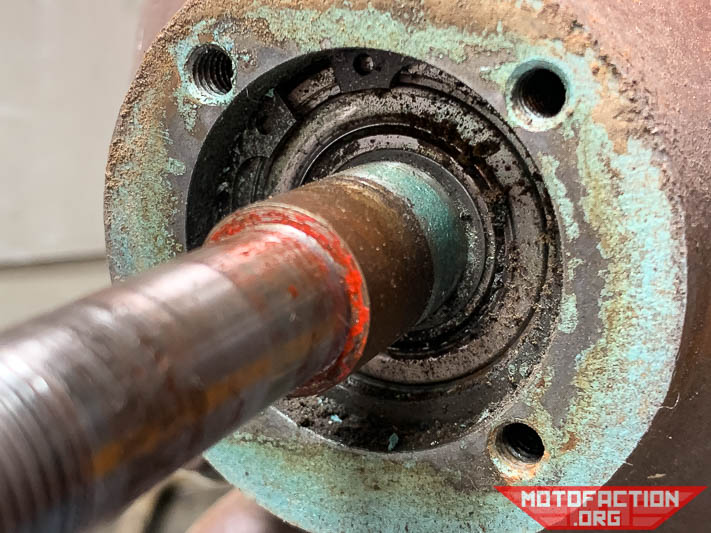
The end caps that hold the bearings are held together by threaded shafts with an acorn nut on either end:

Once they are undone, the end cap can be pulled off - I started with the right as it came off easily leaving the bearing in place:
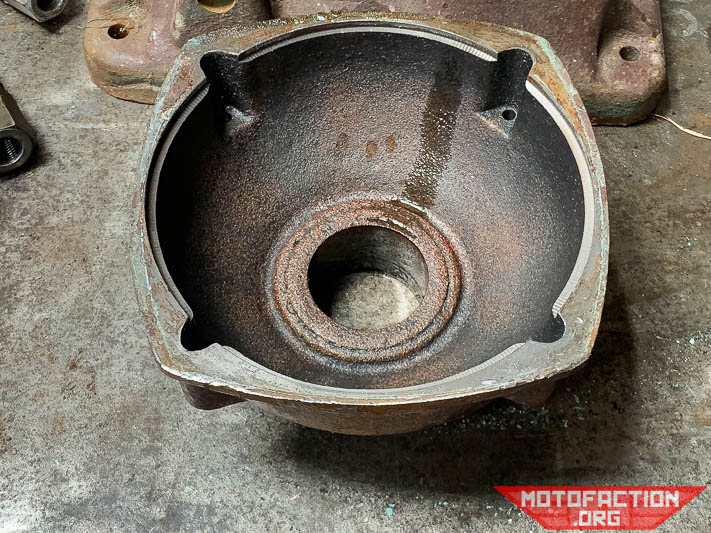
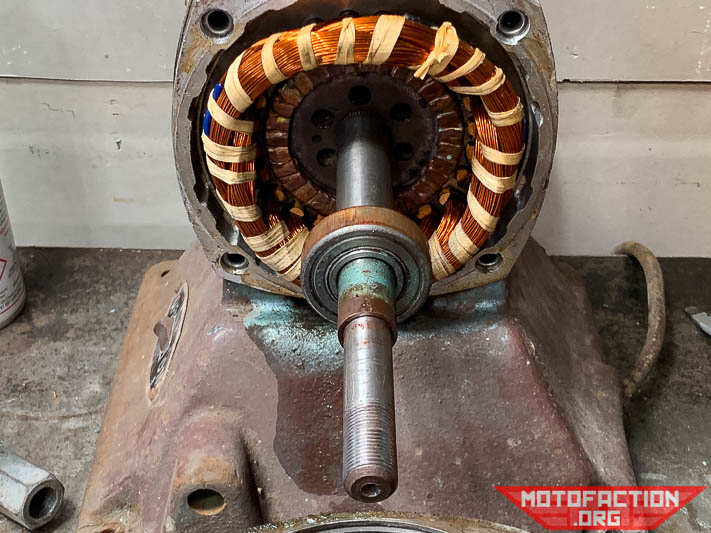
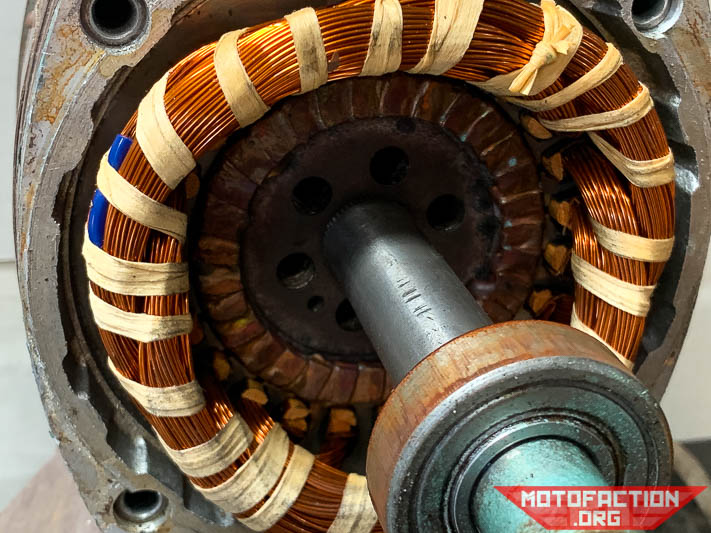
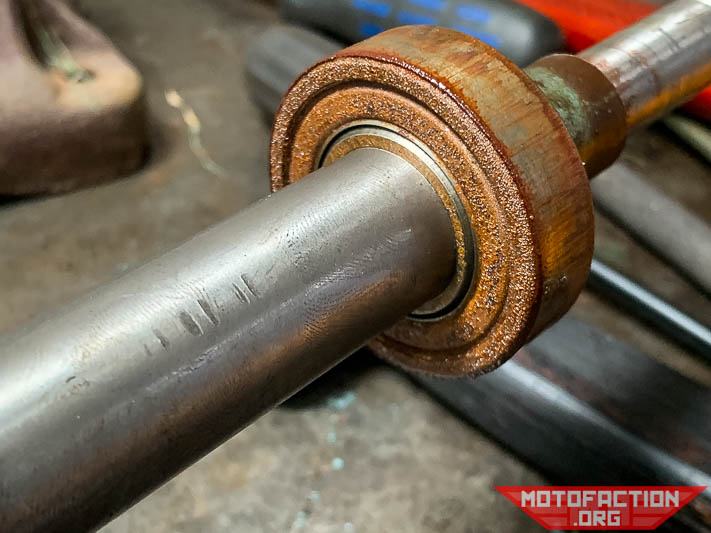
The left side came out along with the shaft, leaving this:
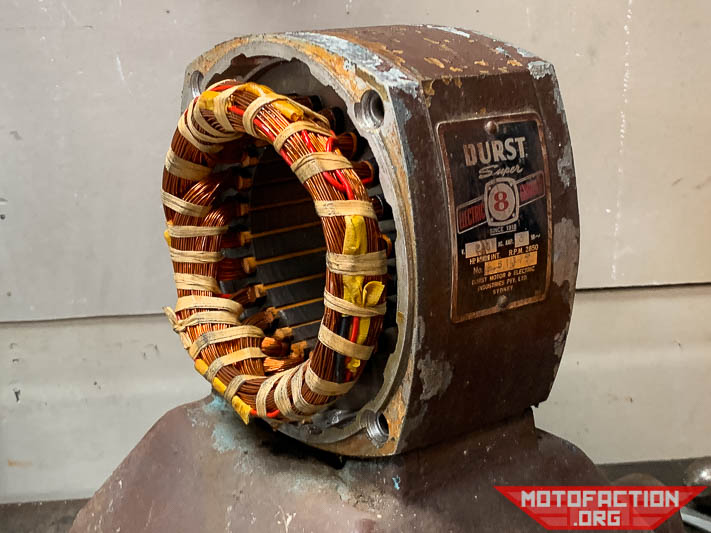
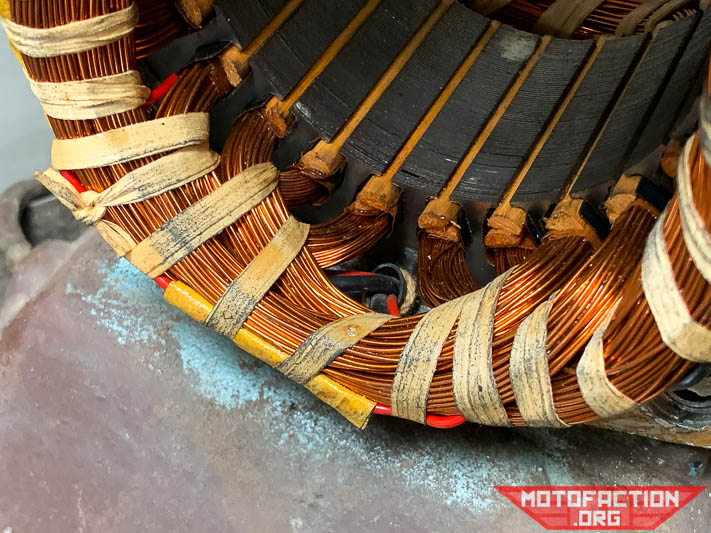
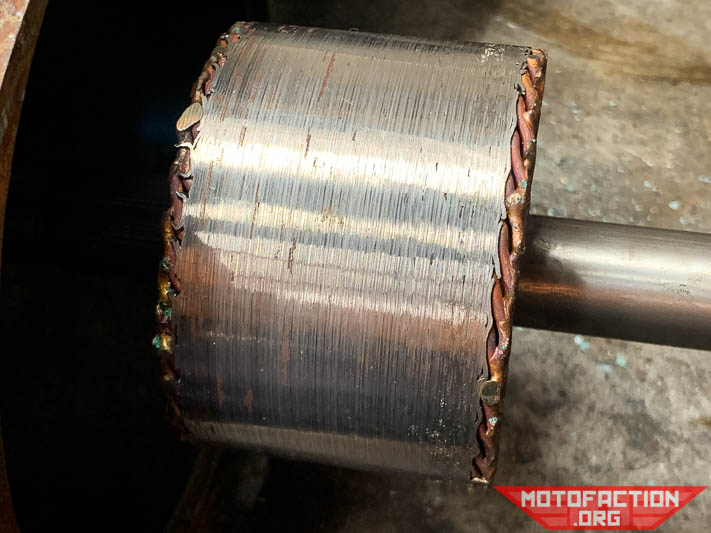
Circlip removed:
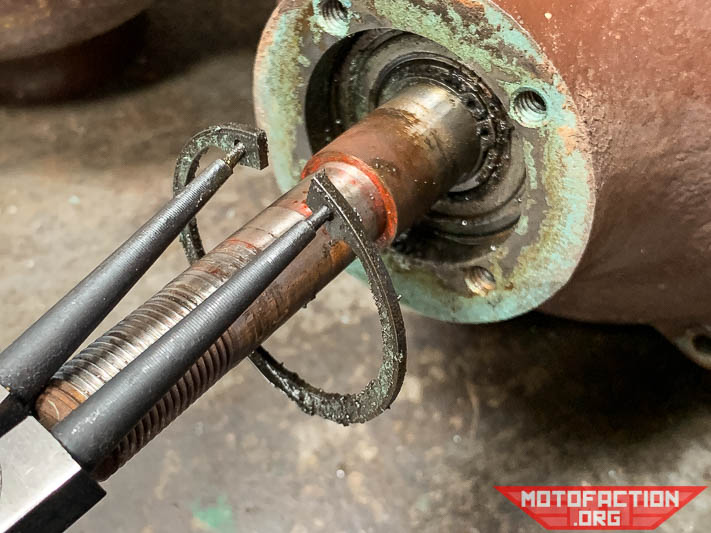
Another smaller circlip:
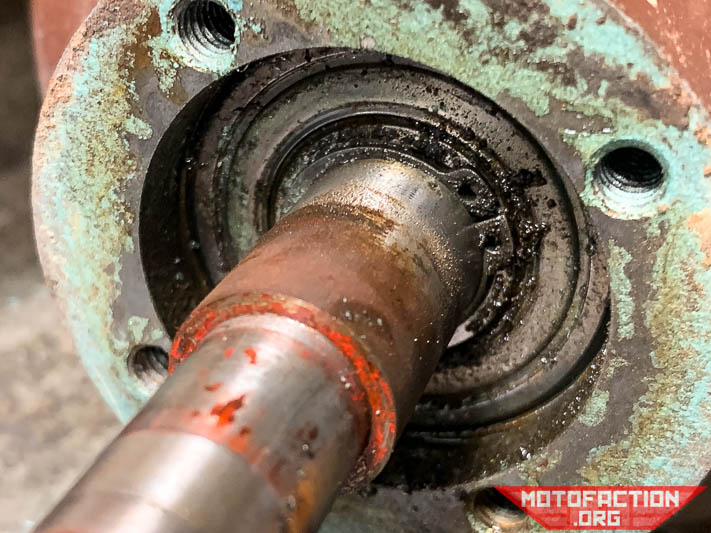

The shaft could now be removed from the bearing. There's another circlip on the inside:
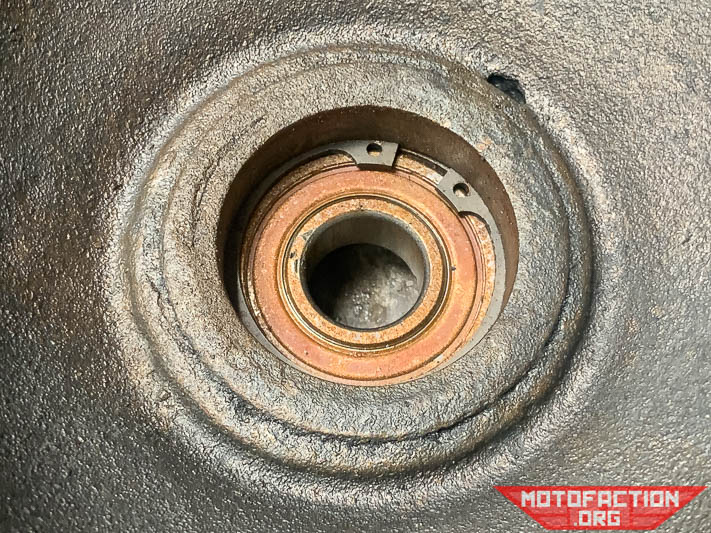
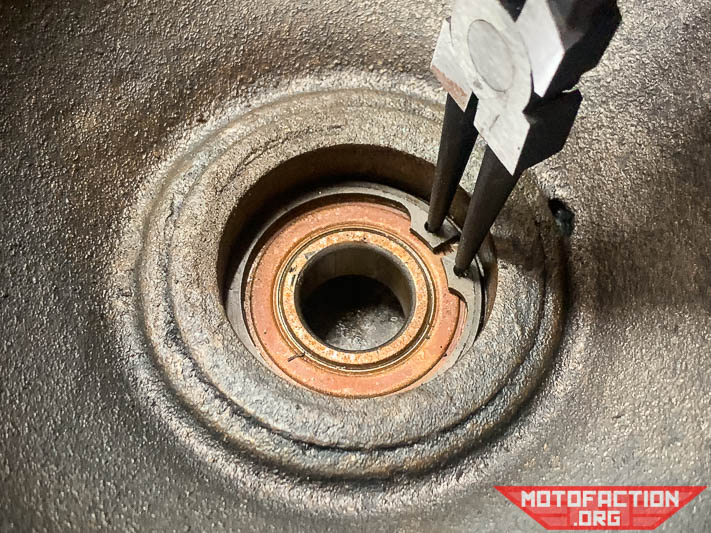
Other shots of the left end:
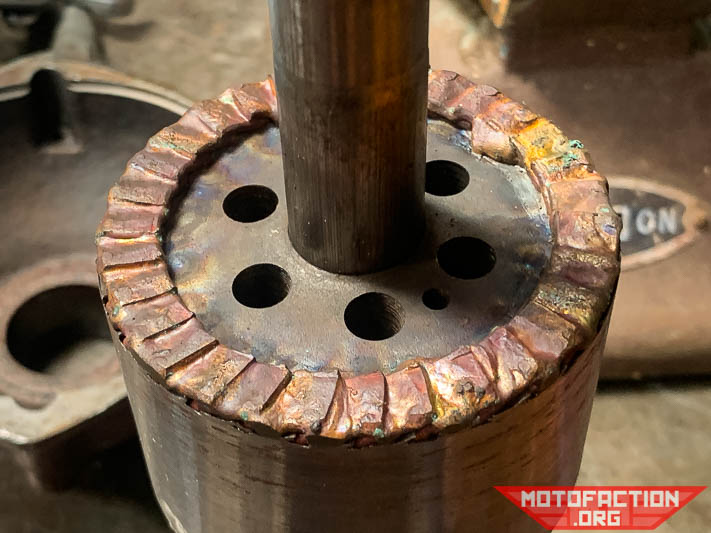
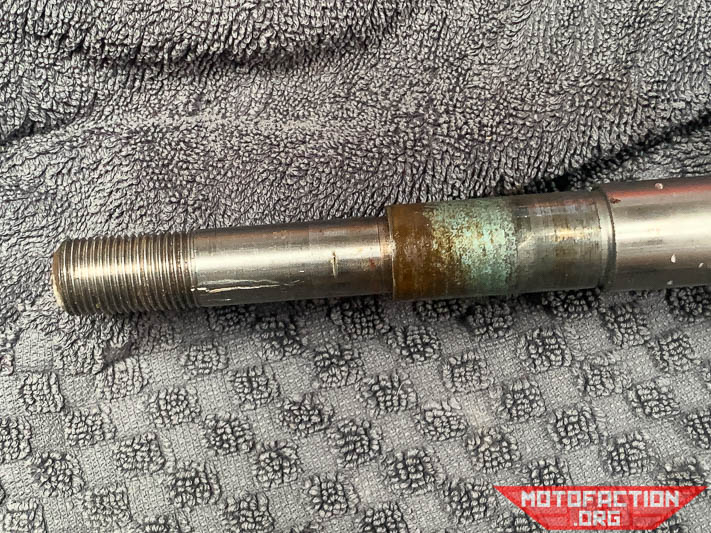
The bearings were the same on either end - made in Australia, shielded units:
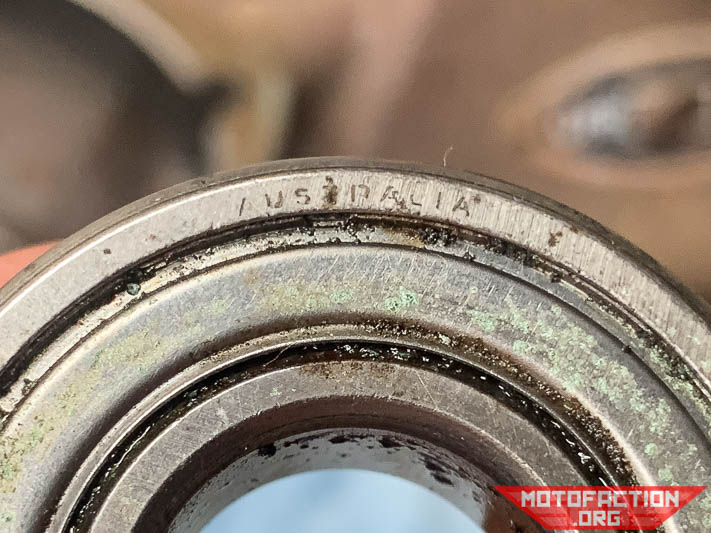


Dimensions:
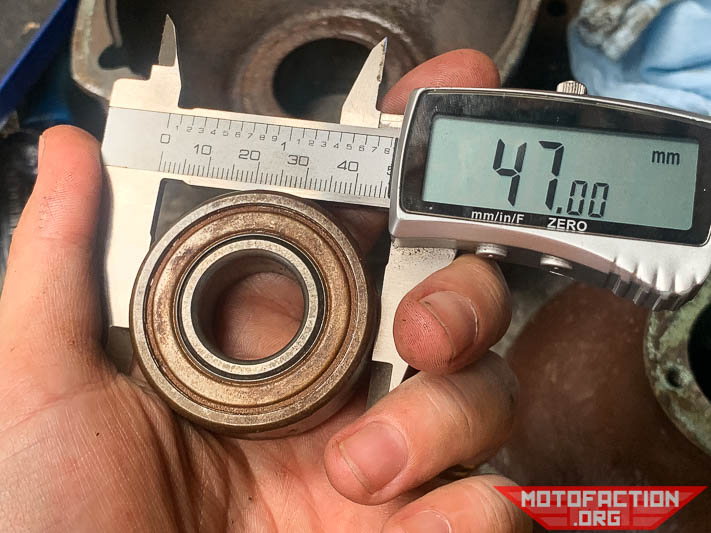

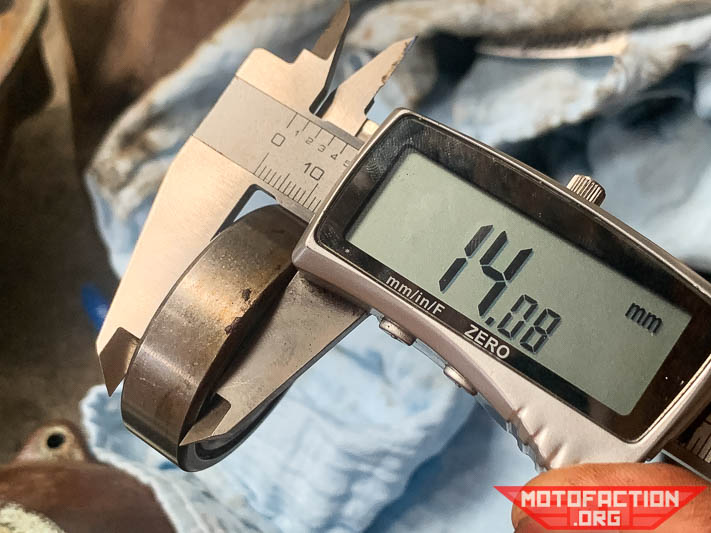
They're a standard size, even today - 6204 (eBay US, eBay AU) which are available relatively inexpensively. The bearings I took out were double shielded - ZZ - and given the amount of grit which accumulated inbetween the guard and bearing I replaced them with 2RS type (double sealed) to prolong the bearing life. The slight friction between the seal and bearing resulted in the grinder spinning down slightly quicker once turned off - though that effect will lessen in time as the seal wears in. No temperature difference was discernible after changing to sealed.
The front plate is held on by hammer drive screws:
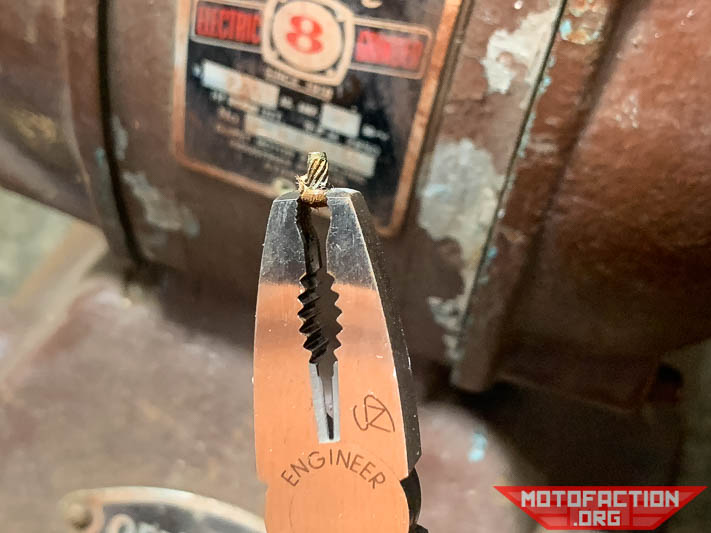
Given the overspray on the shaft and the presence of this colour under the plate I'm going to say this is the original colour:
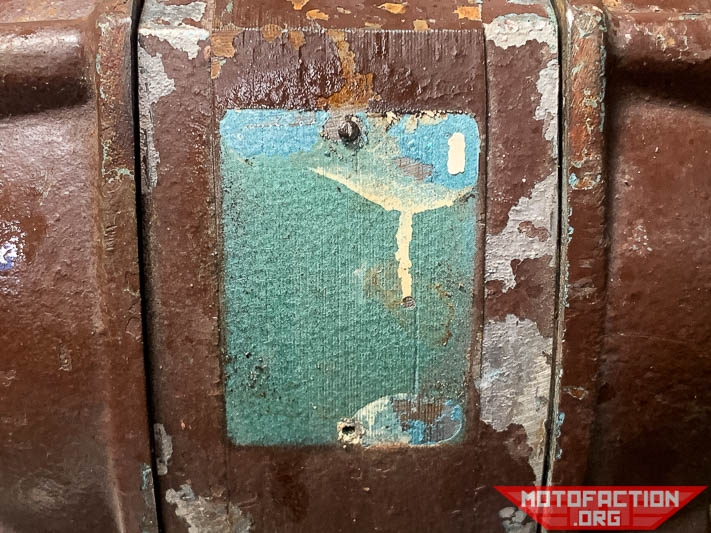
The rear of the switch:
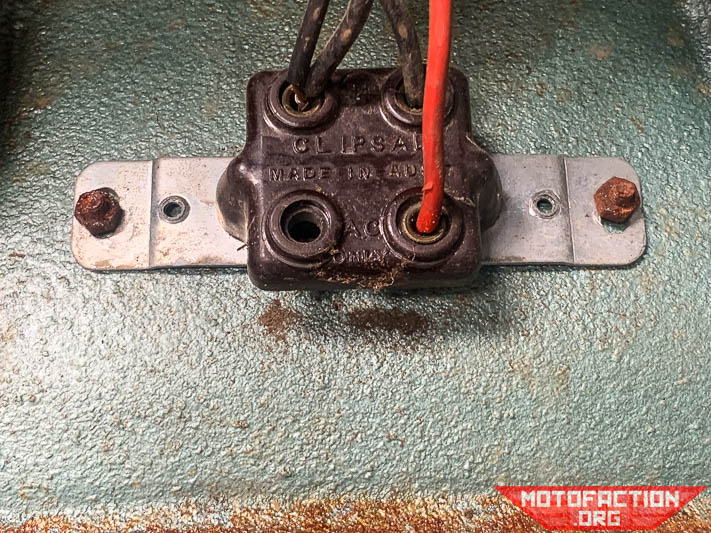
The ground wire was attached here:
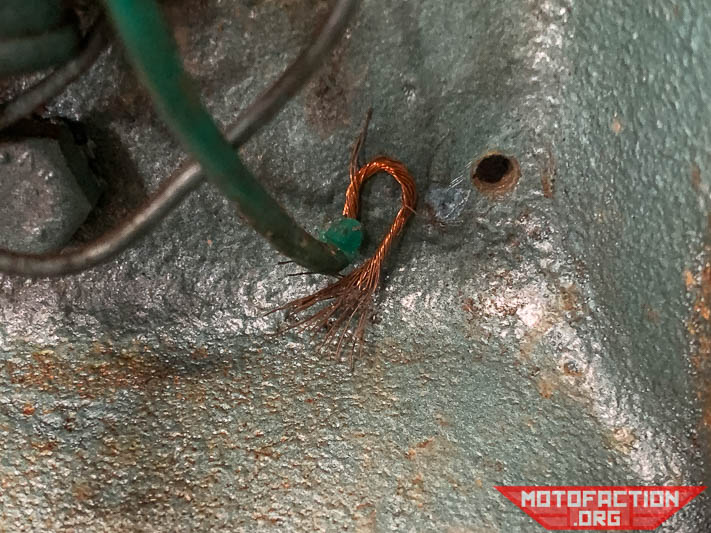

Plate unscrewed:
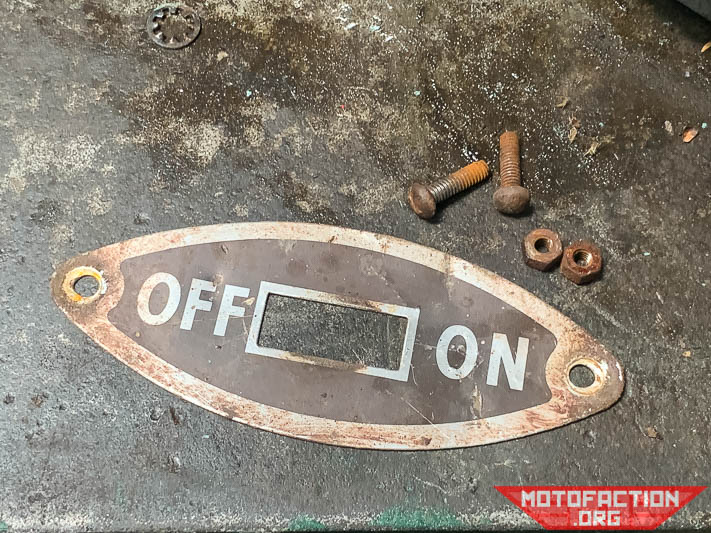

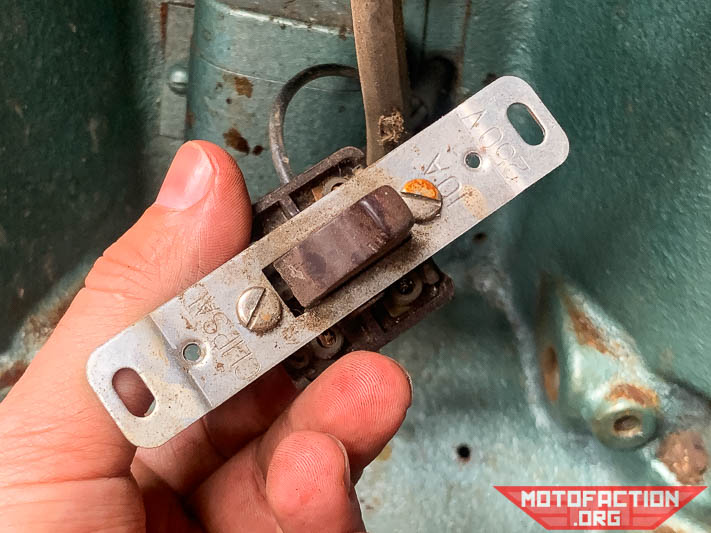
The capacitor is held in by a single screw:
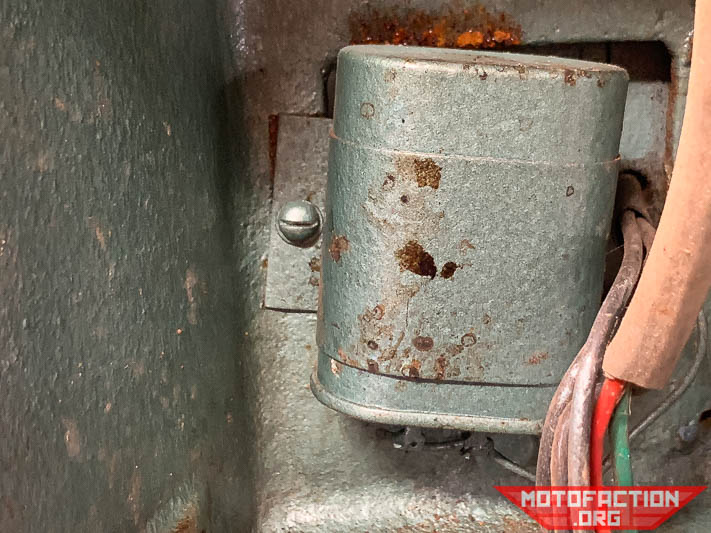
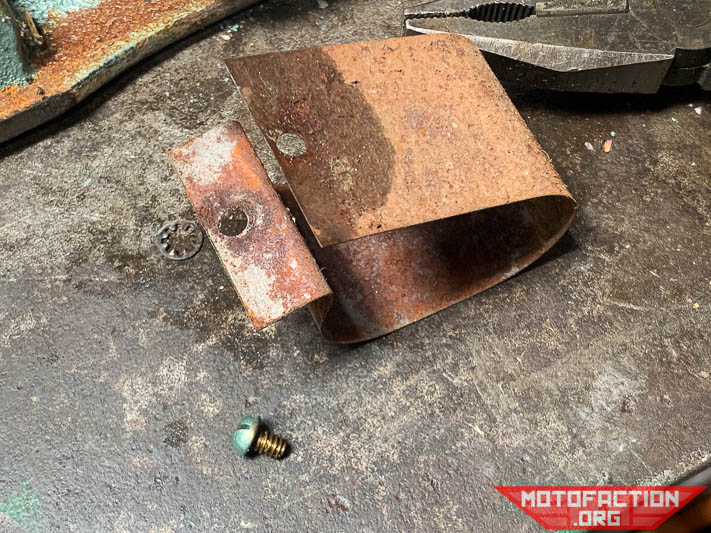
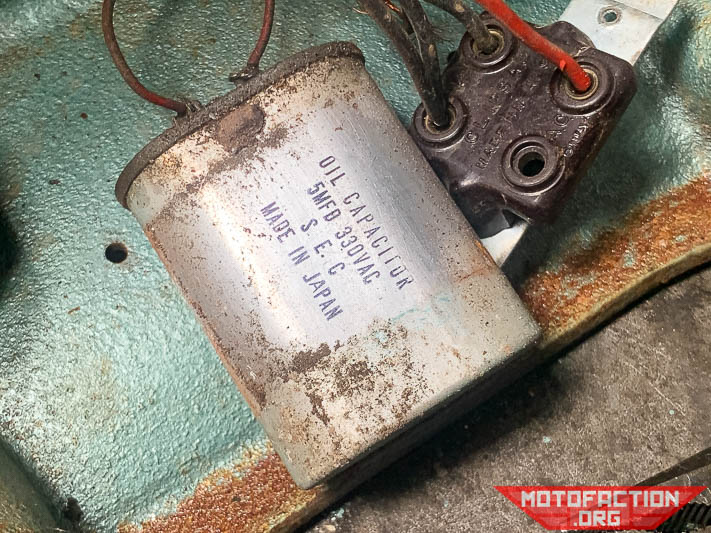
A Japanese-made oil SEC (source energy capacitor) of 5MFD and 330VAC rating. Some more photos of the electricals:
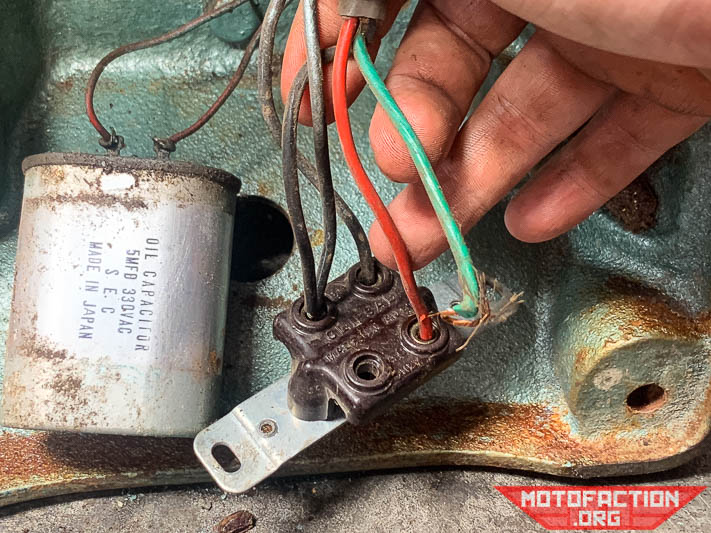

The foot and center piece are held together by two bolts:
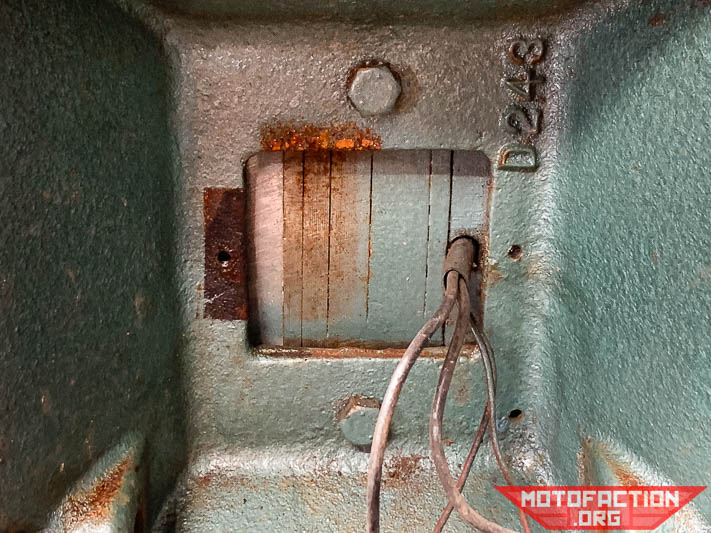

Once cleaned up and the bearings replaced, I put some paint on:
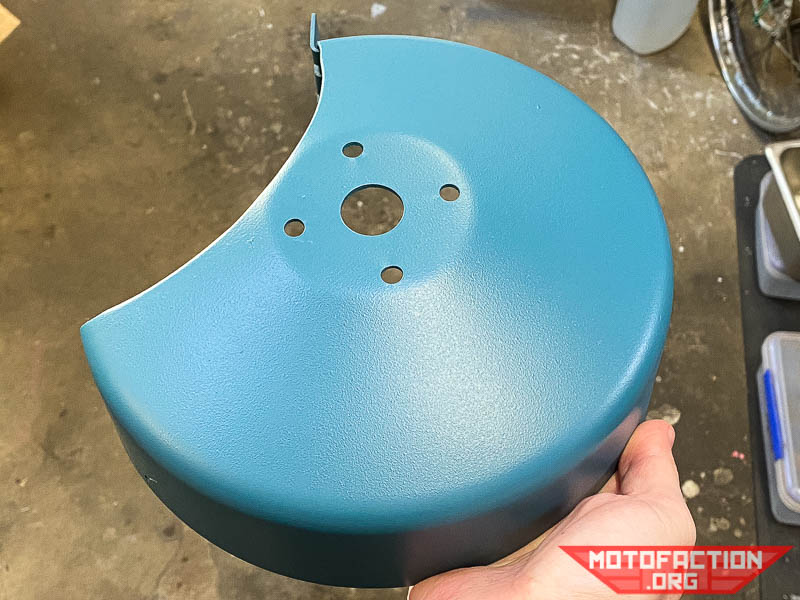
Partially reassembled (shafts are in backwards, were just put in place for the photo!):
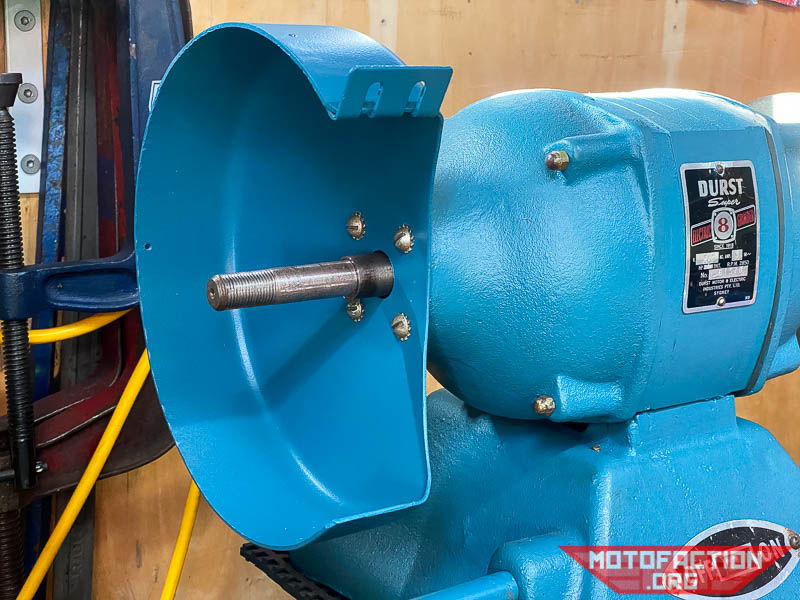
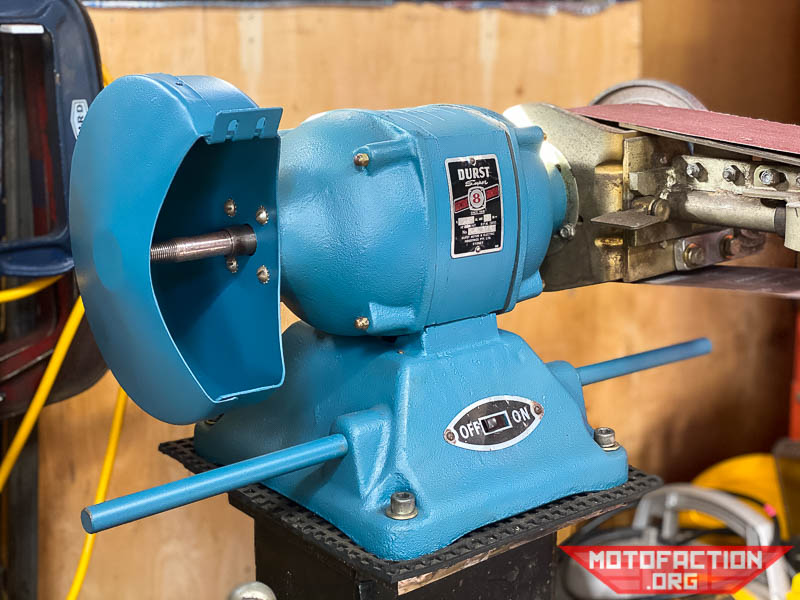
More photos to come.
The serial number is 61378 - perhaps the 378th Super grinder produced in 1961? Could be totally unrelated to the year of manufacture.
So far the grinder has been stellar - it's rated to 3/4hp @ 2850rpm, and draws 3 amps. It has functionally replaced my newer Chinese-made Abbott and Ashby in the workshop and has not missed a beat in six months of regular use. I'd be very keen to hear about or see any other Durst tools you happen to have - please drop me a line if you can send any info through! The fact that it uses standard, inexpensive and readily-available bearings is a good thing for anyone who intends on keeping their grinder running long-term.
In 2019 the server has had to double in capacity to support the growing site... please consider dropping the site a donation to help cover the costs! Check out our Patreon for support options, buy a shirt, buy our apps, use my NordVPN affiliate link to sign up to their service or donate via Paypal:
| Paypal $5 link ->> | |
| Paypal $10 link ->> |